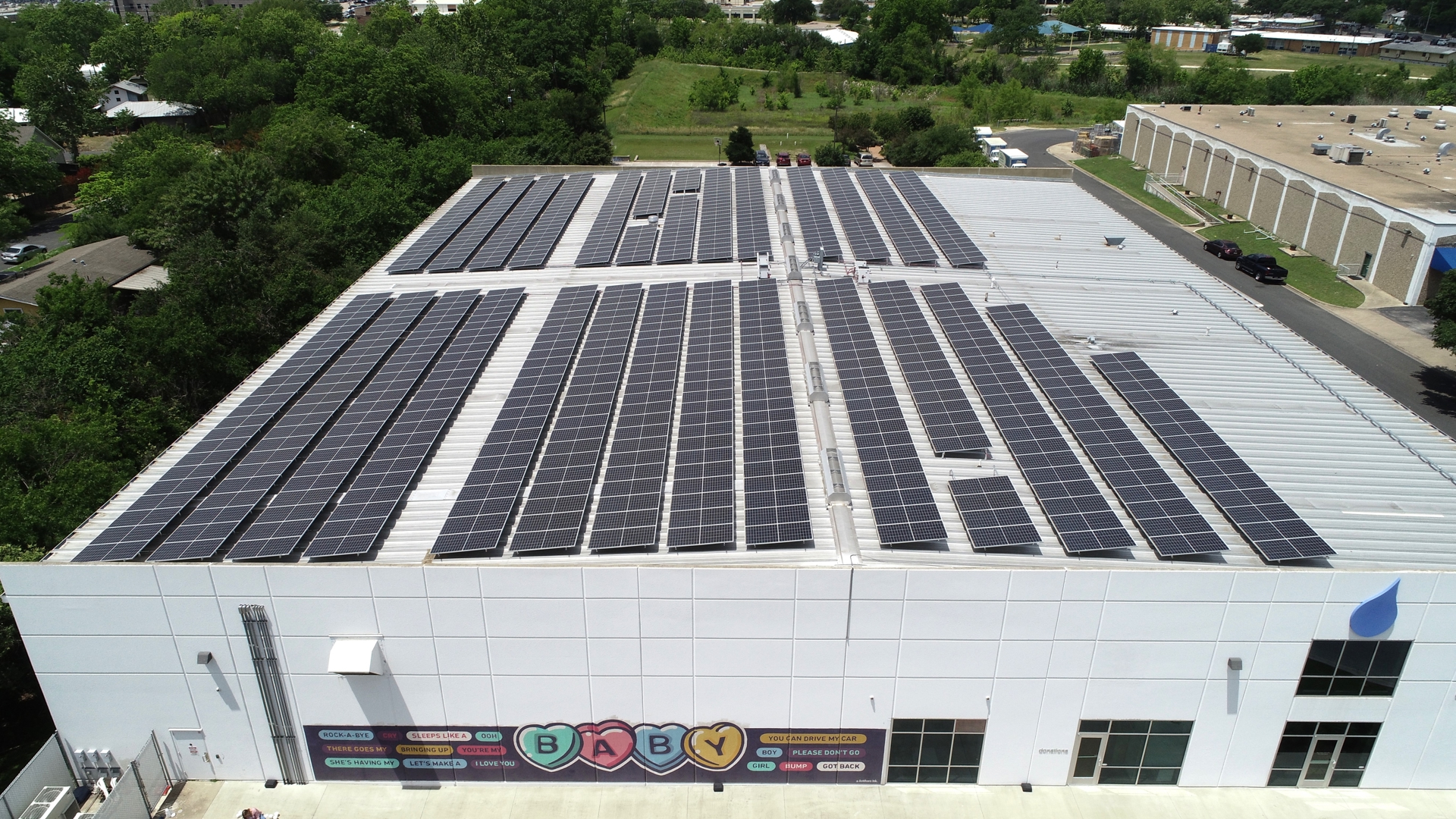CONCORD, N.H. — Israel’s military on Saturday issued its most detailed warning yet to Hezbollah in neighboring Lebanon that it would be “ready to attack immediately” if provoked, as it recounted its actions along the northern border during four months of war in Gaza and made a rare acknowledgement of dozens of airstrikes inside Syria against the militant group.
“We do not choose war as our first priority, but we are certainly prepared,” military spokesperson Daniel Hagari said, adding: "We will continue to act wherever Hezbollah is present, we will continue to act wherever it is required in the Middle East. What is true for Lebanon is true for Syria, and is true for other more distant places.”
The comments followed the defense minister’s warning that a cease-fire in Gaza against the militant group Hamas wouldn't mean Israel wouldn’t attack Hezbollah as needed.
Efforts to close wide gaps between Israel and Hamas in pursuit of a cease-fire continued in the region where concerns about a wider war with Iran-allied groups remain. A top Hamas official, Osama Hamdan, said they were studying the proposal put forward by the U.S., Egypt, Qatar and Israel but insist on Israel accepting conditions including a permanent cease-fire.
The war in Hamas-run Gaza has leveled vast swaths of the tiny besieged enclave, displaced 85% of its population and pushed a quarter of residents to starvation. The Health Ministry in Gaza said Saturday that 107 people were killed over the past 24 hours, bringing the wartime total to 27,238. More than 66,000 people have been wounded.
In Gaza's southernmost town of Rafah, at least 17 people including women and children were killed in two separate airstrikes overnight, according to the registration office at Abu Yousef al-Najjar hospital where the bodies were taken.
The first strike hit a residential building east of Rafah, killing at least 13 people from a single family. Four women and three children were among the dead, hospital officials said.
“Two children are still under the rubble, and we don’t, still we don’t know anything about them,” relative Ahmad Hijazi said. The second strike hit a house in Rafah’s Jeneina area, killing at least two men and two women.
More than half of Gaza’s population of 2.3 million has taken refuge in Rafah and surrounding areas.
Israel’s defense minister warned earlier in the week that Israel might expand combat to Rafah after focusing on Khan Younis, southern Gaza’s largest city. While the statement alarmed aid officials and international diplomats, Israel would risk significantly disrupting relationships with the United States and neighboring Egypt if it sends troops into Rafah, a key entry point for aid.
In Khan Younis, where Israel's military said operations would continue for several days, the Palestinian Red Crescent said at least 11 people were injured when Israel’s military fired smoke bombs at displaced people sheltering at its headquarters.
It followed a siege that Israel’s military has laid on the Red Crescent’s facilities for 12 days, the group said, adding that it had documented the killing of 43 people, including three staff members, inside the buildings by Israeli fire during that time.
Israel’s military didn’t address the charity’s allegations of firing on the buildings, the killings or the blocking of access, and asserted that the Al-Amal Hospital facilities had adequate fuel and electricity.
Israel says it is determined to crush Hamas and prevent it from returning to power in Gaza, an enclave it has ruled since 2007, in response to its Oct. 7 attack on Israel that triggered the war.
Hamas still holds dozens of the roughly 250 hostages taken in the attack, after more than 100 were released during a one-week truce in November. Those releases were in exchange for 240 Palestinian prisoners.
Thousands of people gathered again in Tel Aviv on Saturday evening for anti-government protests to express growing frustration at how Prime Minister Benjamin Netanyahu and his administration have handled the war.
“If we need to stop the war now and call for a cease-fire in order to bring those people back home to their families, and start to rebuild them and take care of them, that’s the most important thing for us to do,” said one protester, Karen Levy.
In a sign of Hamas' resilience despite Israel’s deadly air and ground campaign in the past four months, four residents and a senior official in the militant group said it has begun to resurface in areas where Israel withdrew the bulk of its forces a month ago, deploying police officers and making salary payments to some of its civil servants in Gaza City.
Four Gaza City residents told The Associated Press that in recent days, police officers deployed near police headquarters and other government offices, including near Shifa Hospital, the territory's largest. The residents said they saw subsequent Israeli airstrikes near the makeshift offices.
The return of police marks an attempt to reinstate order in the devastated city, a Hamas official told AP, speaking on condition of anonymity because he was not authorized to talk to the media.
The official said the group’s leaders had given directions to reestablish order in parts of the north where Israeli forces had withdrawn, including by helping prevent the looting of shops and houses abandoned by residents who heeded Israeli evacuation orders and headed to southern Gaza.
Since seizing control of Gaza nearly 17 years ago, Hamas has operated a government bureaucracy with tens of thousands of civil servants, including teachers and police who operate separately from the group's secretive military wing.
Israeli military leaders had said they had broken up the command structure of Hamas battalions in the north, but that individual fighters were continuing to carry out guerrilla-style attacks. Israel claims to have killed more than 9,000 Hamas fighters.



